1. HOA Dues That Keep Creeping Up

Many subdivisions tout their low monthly HOA dues during the buying process, but those numbers rarely stay fixed. Boards can raise fees annually to cover rising costs of maintenance, security, or even landscaping upgrades. Buyers often feel blindsided when their once-manageable dues jump significantly after they’ve settled in. What seemed like a small line item in the budget can quickly eat into monthly cash flow.
The problem is that homeowners have very little control over these increases once they’ve bought into the community. Even if you don’t use the pool or tennis courts, you’re still responsible for funding them. Some HOAs also require special assessments if there’s a big repair project. That means you’re essentially paying double—regular dues plus unexpected one-off charges.
2. Transfer Fees at Closing

When you buy into certain subdivisions, the HOA charges a transfer fee just to change ownership records. This fee can range from a few hundred dollars to several thousand, depending on the community. Many buyers don’t even realize this cost exists until the final stages of closing. It’s a sneaky way that HOAs generate extra income with minimal transparency.
The frustrating part is that the fee doesn’t actually buy you anything new. It doesn’t upgrade your home, improve amenities, or cover maintenance—it’s just an administrative cost. Sellers sometimes try to pass the fee on to buyers, creating last-minute negotiations. Either way, someone’s paying for paperwork that feels wildly overpriced.
3. Gated Community Access Fees
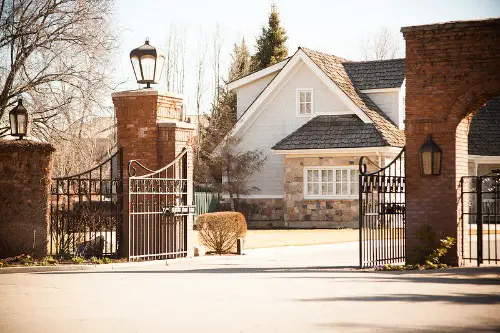
Living in a gated subdivision sounds exclusive and safe, but access control often comes with hidden costs. Some HOAs charge for key fobs, gate openers, or guest passes. While it sounds minor, those fees add up if you lose a device or need extras for family members. It’s another way buyers feel nickel-and-dimed in what was sold as a luxury perk.
These systems also need ongoing maintenance, which can trigger increases in HOA dues. Gates break, card readers fail, and software has to be updated. Instead of being covered by the initial buy-in, those costs are often passed along directly to residents. Suddenly, the gate that was supposed to symbolize peace of mind becomes an expensive headache.
4. Amenity Maintenance You Rarely Use
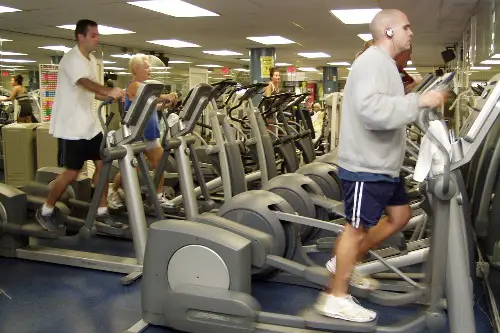
Many subdivisions advertise resort-style living with pools, gyms, and clubhouses. The reality is that most homeowners don’t use them nearly as much as they imagined. Still, you’re paying every month for the upkeep of these amenities through your HOA dues. Heating a pool, maintaining gym equipment, and cleaning common spaces isn’t cheap.
What stings is knowing you’re helping fund amenities that are often underused or empty. Maybe you joined for the dream of poolside weekends, but work and family life got in the way. Meanwhile, the HOA still prioritizes these features to attract new buyers. That means you’re essentially subsidizing someone else’s lifestyle, whether you like it or not.
5. Architectural Review Fees
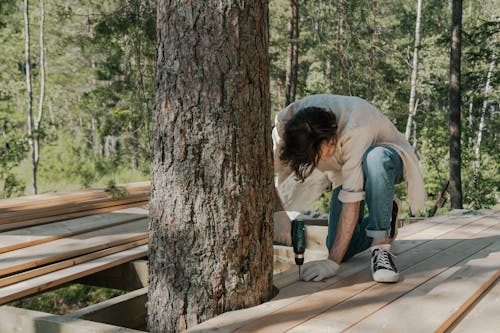
Want to repaint your house or add a new deck? In many subdivisions, you can’t just start the project—you have to get approval from the HOA’s architectural review committee. That often comes with a fee, even if they reject your request. The costs can range from modest to surprisingly steep depending on the rules.
Buyers don’t always realize how restrictive these processes can be. Even small projects like planting a new tree might require paperwork and payment. If you’re denied, you don’t get your money back, adding insult to injury. It’s one of those fees that feels more like a punishment than a service.
6. Trash and Recycling Surcharges

Some subdivisions include trash pickup in their HOA dues, but others tack on separate charges. These fees might cover recycling programs, bulk-item removal, or specialized services like composting. Buyers are often told it’s “for the good of the community,” but it can feel excessive when compared to city services. Plus, the contracts with waste companies are rarely negotiable.
The result is that you’re locked into paying for a service you may not even prefer. Want to shop around for a cheaper trash provider? That’s usually not an option. Over time, these surcharges can add up to hundreds of dollars each year for something most people take for granted.
7. Community Event Assessments

Neighborhood events like holiday festivals or summer concerts might seem like free perks, but often they’re not. HOAs sometimes bill residents directly to cover the costs of food, entertainment, and decorations. If you’re not the type to join in, it can feel frustrating to foot the bill. After all, you’re paying for a party you may never attend.
It gets trickier when these events become annual traditions. Opting out isn’t usually possible, since the charges are mandatory. While they may foster community spirit, they also highlight how subdivisions can blur the line between voluntary fun and required spending. That “neighborhood pride” can quickly start to feel like peer pressure on your wallet.
8. Private Road Upkeep
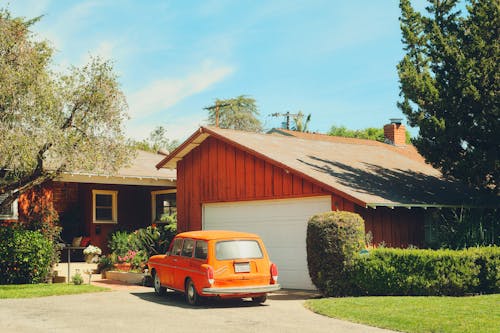
If your subdivision has private roads, you might end up paying for their maintenance. Unlike city streets, these roads don’t benefit from public funding. That means residents cover everything from snow plowing to repaving. It’s a cost few buyers anticipate until the first winter storm hits or potholes appear.
Road maintenance is one of the most expensive infrastructure costs communities face. Special assessments for repaving can easily run into the thousands per household. While it ensures smoother drives and safer conditions, it also puts a strain on homeowners’ budgets. It’s a classic example of a hidden responsibility dressed up as a neighborhood perk.
9. Utility Hookup Fees

Some subdivisions require homeowners to use private water or sewer systems rather than city connections. The initial hookup can cost thousands, and ongoing maintenance isn’t cheap either. Buyers often learn about these charges late in the process, leaving little room to negotiate. It’s the kind of hidden cost that transforms a “move-in ready” house into a budget-buster.
These private systems can also bring long-term surprises. If a septic system needs repairs or a private water company raises rates, you’re on the hook. Unlike city services, there’s no larger taxpayer base to spread out costs. What felt like independence can quickly start to feel like a financial burden.
10. Landscaping Mandates
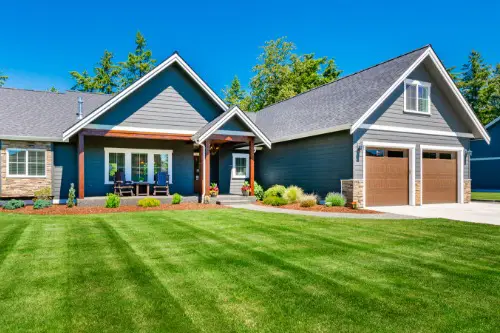
Curb appeal rules in subdivisions often come with hidden price tags. You may be required to use specific sod, maintain a certain number of shrubs, or hire approved landscapers. These mandates can easily push your yard costs far beyond what you’d spend on your own. Noncompliance often comes with fines, adding to the pressure.
Even if you love gardening, the restrictions can be limiting. Want a vegetable patch instead of flower beds? The HOA might say no. The result is homeowners spending more for aesthetics that don’t even reflect their personal style. It’s a fee disguised as “community standards.”
11. Pest Control Fees

In some subdivisions, pest control is handled community-wide, whether you want it or not. The HOA negotiates a contract with an extermination company and then divides the cost among all residents. That means you’re paying for treatments that may not even apply to your home. If you already handle pest control independently, it feels like a redundant charge.
This setup also removes the ability to choose eco-friendly or pet-safe options. You’re stuck with whatever company and chemicals the HOA has selected. While it’s meant to create consistency, it leaves little room for individual preference. For many buyers, that feels less like protection and more like wasted money.
12. Hidden Legal and Insurance Fees

Finally, subdivisions often pass on the costs of legal representation and insurance coverage to residents. Lawsuits, disputes, or even general liability insurance are funded through your dues. If the community faces litigation, you may see an unexpected increase in fees. Buyers rarely think about this when they first sign the papers.
The frustrating part is that these costs benefit the HOA as much as homeowners. You’re essentially paying to insure and protect the entity that enforces the rules against you. It’s an expense that feels indirect but can have a big impact on your wallet. When problems arise, you’re reminded that “perfect” subdivisions always come with fine print.
This post 12 Hidden Fees in “Perfect” Subdivisions That Drive Buyers Crazy was first published on Greenhouse Black.
